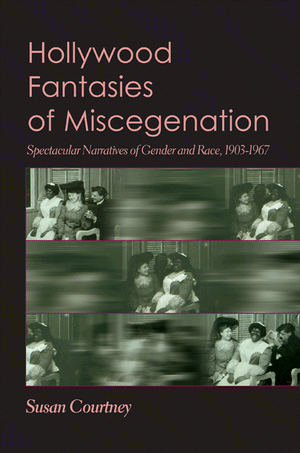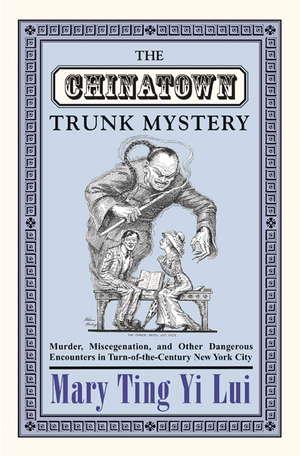Evidence for Hypodescent and Racial Hierarchy in the Perception of Biracial IndividualsPosted in Live Events, Media Archive, Papers/Presentations, Social Science, United States on 2009-10-19 20:20Z by Steven |
Evidence for Hypodescent and Racial Hierarchy in the Perception of Biracial Individuals
SPSP 2010
The Eleventh Annual Meeting of the Society for Personality and Social Psychology
2010-01-28 through 2010-01-30
Las Vegas, Nevada
Arnold K. Ho
Harvard University
Daniel T. Levin
Vanderbilt University
Jim Sidanius, Professor
Psychology and African and African American Studies
Harvard University
Mahzarin R. Banaji
Harvard University
Many have argued that the increasing rate of intermarriage between racial minorities and Whites and resulting patterns of biracial identification will lead to the dissolution of the American racial hierarchy (e.g., Alba & Nee, 2003; Lee & Bean, 2004; 2007a; 2007b; Thornton, 2009). However, little empirical evidence exists on perceptions of new racial identities that diverge from older notions of race purity and the “one drop” rule. We tested whether a rule of hypodescent, whereby biracial targets are assigned the status of their subordinate parent group, would govern perceptions of Asian-White and Black-White targets. Participants morphed faces from Asian to White, Black to White, White to Asian, and White to Black. Consistent with a rule of hypodescent, a face needed to be lower in proportion minority to be considered minority than proportion White to be considered White. In addition, the threshold for being considered White was higher for Black-White biracials than for Asian-White biracials, a pattern consistent with the structure of the current racial hierarchy. Finally, an independent racial categorization task confirmed that hypodescent and the current racial hierarchy guide how biracial targets are perceived. Potential distal (e.g., fear of contagion) and proximate (e.g., racism) causes of these phenomena are discussed.

